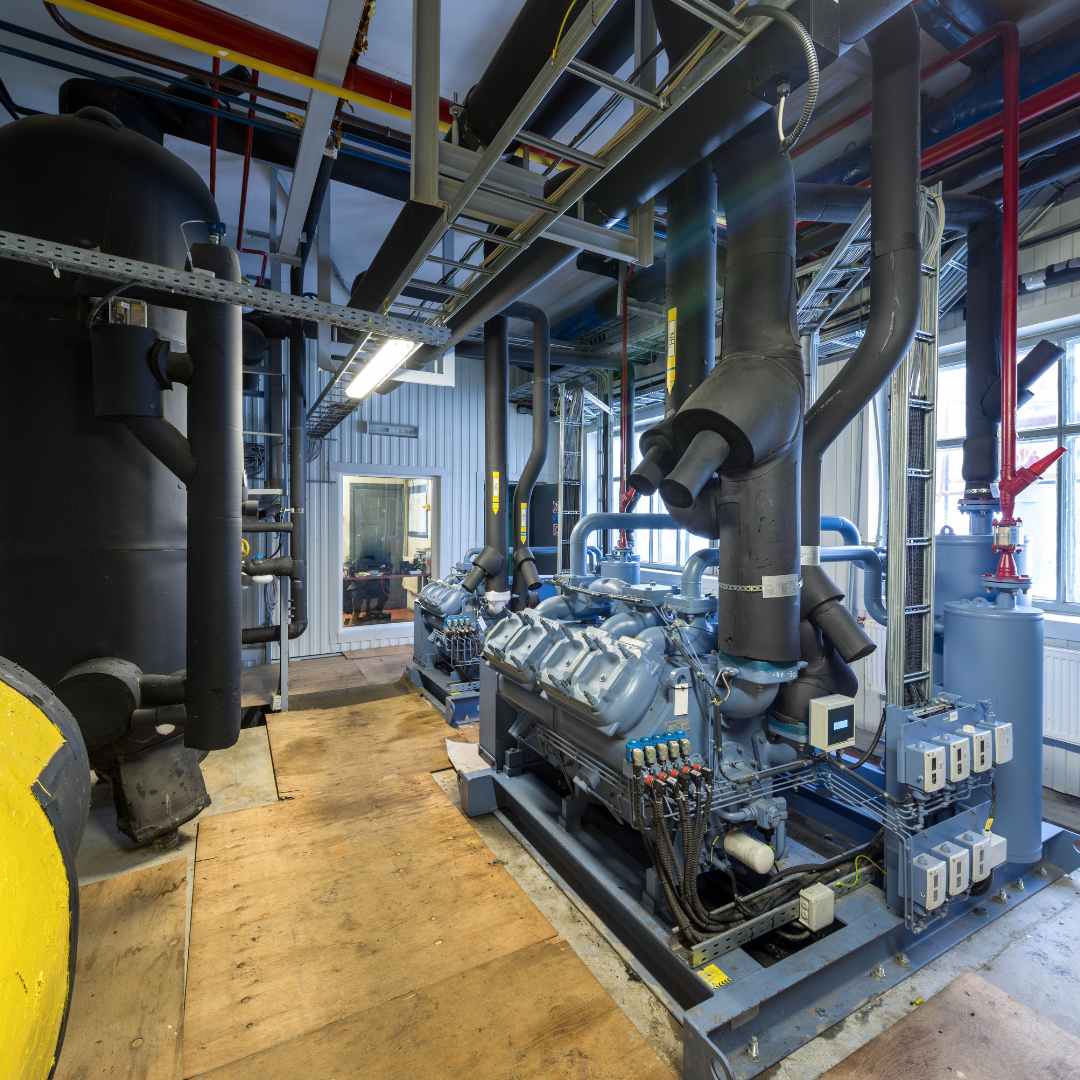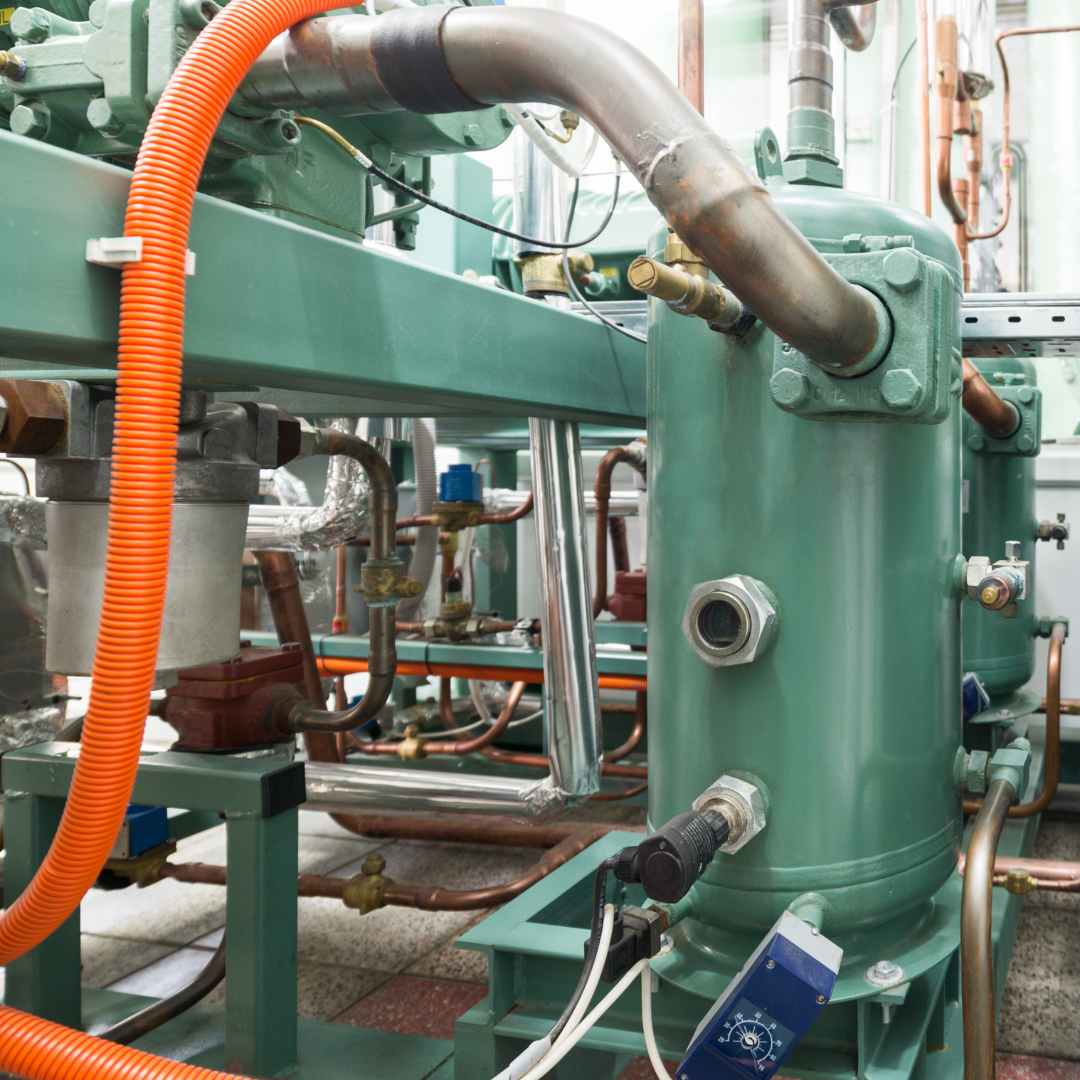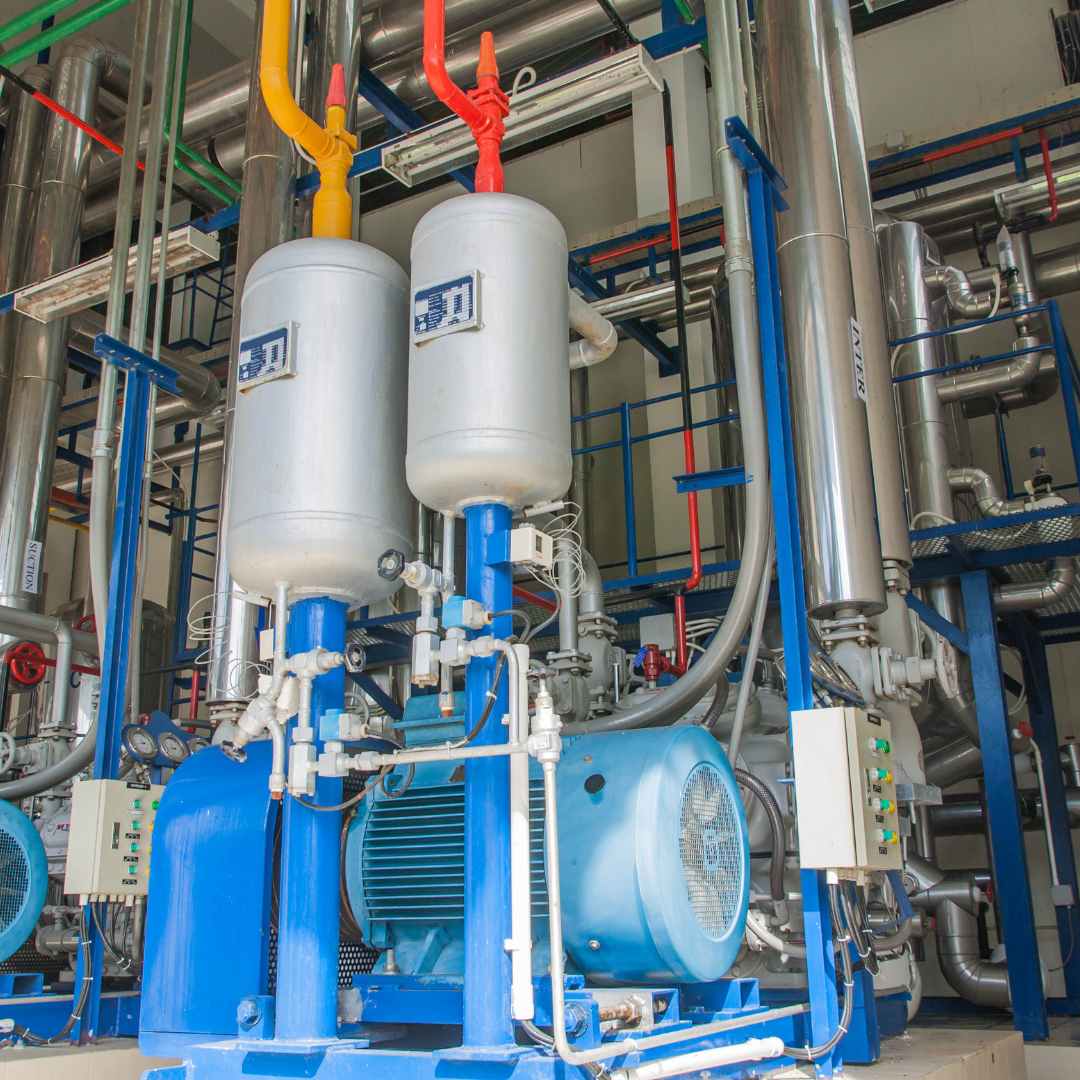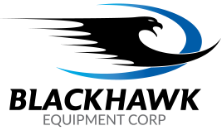The Future is Cool and Green: Navigating Next-Generation Refrigerants and Chiller Technologies
04/18/2025

Providing effective industrial cooling is non-negotiable for countless manufacturing processes. However, the environmental impact associated with traditional refrigeration methods is under intense scrutiny. As engineers and facility managers, we face a dual challenge: ensuring reliable process cooling while meeting increasingly stringent environmental regulations aimed at phasing down high-impact refrigerants. Here in April 2025, the transition away from high Global Warming Potential (GWP) refrigerants is well underway, mandated by regulations like the US AIM Act and the EU F-Gas Regulation. This shift is driving significant innovation in both refrigerant chemistry and chiller technology. At Blackhawk Equipment, we're committed to helping you navigate this evolving landscape and make informed decisions for sustainable, efficient cooling solutions.
The Environmental Imperative: Understanding GWP and the Drive for Change
For decades, the refrigeration industry has evolved its refrigerant choices, moving from Ozone Depleting Potential (ODP) substances like CFCs and HCFCs to Hydrofluorocarbons (HFCs). While HFCs solved the ozone depletion problem, many possess a high Global Warming Potential (GWP), meaning they trap significantly more heat in the atmosphere than carbon dioxide (CO2) over a given period (usually 100 years).
Key Regulations Driving the Transition (Status as of April 2025 )
)
Global agreements like the Kigali Amendment to the Montreal Protocol, along with regional regulations, are mandating a structured phase-down of HFC production and consumption.
-
US AIM Act:
The American Innovation and Manufacturing (AIM) Act continues its mandated HFC phasedown schedule. By now (2025), significant cuts in HFC allowances have taken effect, impacting the availability and cost of high-GWP refrigerants like R-410A, R-134a, and R-404A for new equipment in many applications, and increasingly affecting service availability. Specific GWP limits for new chillers in various categories are now largely in force.
-
EU F-Gas Regulation:
The EU continues to enforce even stricter HFC phase-downs and GWP limits, often ahead of global schedules. Bans on certain high-GWP refrigerants in specific new equipment types are well-established.
Understanding these regulations is crucial, as choosing the wrong refrigerant today could lead to compliance issues, higher operating costs, and premature equipment obsolescence down the road.
Exploring the Landscape: Next-Generation Low-GWP Refrigerants
The industry is actively adopting several categories of refrigerants with significantly lower GWP:
- HFOs (Hydrofluoroolefins): These are synthetic refrigerants chemically similar to HFCs but with a double bond that makes them break down much faster in the atmosphere, resulting in very low GWPs (often single digits).
- Examples: R-1234yf, R-1234ze(E), R-513A (HFC/HFO blend), R-515B (HFO/HFC blend, non-flammable).
- Pros: Good energy efficiency (often comparable to the HFCs they replace), low GWP, compatible with many existing lubricant types.
- Cons: Some HFOs (like R-1234yf and R-1234ze(E)) fall into the A2L safety classification, indicating "lower flammability." This requires adherence to updated safety standards regarding charge limits, leak detection, and ventilation, though they are significantly less flammable than hydrocarbons. Material compatibility also needs careful consideration.
- Natural Refrigerants: These substances occur naturally in the environment and typically have negligible or very low GWP and zero ODP.
- Ammonia (R-717): GWP=0, ODP=0. Highly efficient, especially in large industrial systems. However, it's toxic (B2L safety classification) and flammable, requiring robust safety protocols, specialized equipment, and often isolated machine rooms. Widely used successfully for decades in food processing and cold storage.
- Carbon Dioxide (CO2, R-744): GWP=1, ODP=0. Non-flammable, non-toxic (A1 safety classification). Excellent thermodynamic properties but operates at very high pressures, necessitating specialized, robust system components. Its efficiency is highly dependent on the system design (transcritical vs. subcritical) and ambient temperature. Gaining traction in commercial refrigeration, heat pumps, and some specific industrial applications.
- Hydrocarbons (HCs) (e.g., Propane R-290, Isobutane R-600a): GWP < 5, ODP=0. Excellent energy efficiency and compatible with common materials. However, they are highly flammable (A3 safety classification). This strictly limits their use to systems with very small charge sizes (like domestic refrigerators or small self-contained commercial units) or requires extensive safety measures (ventilation, leak detection, component placement) in larger industrial systems, often making them suitable only for specific, carefully engineered applications.
Chiller Technology Adapting for Sustainability and Efficiency
The transition to new refrigerants goes hand-in-hand with advancements in chiller design:
- Optimized Heat Exchangers: Designs like microchannel heat exchangers or enhanced tube surfaces allow for efficient heat transfer with significantly reduced refrigerant charge volumes, minimizing potential leak impacts and costs.
- Enhanced Variable Speed Technology: Variable Speed Drives (VSDs) on compressors provide exceptional part-load efficiency. Increasingly, VSDs are also applied to condenser fans and chilled water pumps for further system optimization.
- Oil-Free Magnetic Bearing Compressors: Centrifugal compressors using magnetic bearings (like Danfoss Turbocor) eliminate the need for oil, improving heat transfer efficiency, reducing maintenance, and offering outstanding part-load performance, especially beneficial with varying cooling loads.
- Adiabatic and Evaporative Condensing: For air-cooled chillers, pre-cooling the air entering the condenser using water mist (adiabatic) or direct evaporation (evaporative condensers) significantly improves efficiency, especially in hot climates, reducing energy consumption.
- Advanced Control Systems: Modern chiller controllers use sophisticated algorithms, sometimes incorporating AI, to optimize chiller sequencing in multi-unit plants, manage condenser water temperature reset strategies, predict loads, and integrate with building automation systems for holistic energy management.
- Designing for Safety: Chillers using A2L or A3 refrigerants incorporate specific safety features mandated by standards like ASHRAE 15 and ISO 5149, including integrated leak detection sensors, specific ventilation requirements, and robust component design.
Key Considerations for Making the Switch
Transitioning to low-GWP cooling solutions requires careful evaluation:
- Regulatory Compliance: Ensure any new equipment meets current (2025) and anticipated future GWP limits for your specific application and region. Understand the service implications for existing HFC equipment.
- Safety Assessment: Thoroughly understand and address the safety requirements associated with the chosen refrigerant (A1, A2L, A3, B2L). Ensure proper technician training and adherence to safety codes.
- Performance and Efficiency: Evaluate the chiller's performance not just at full load but critically at part-load conditions, where chillers often operate most of the time. Consider integrated part load value (IPLV) or similar metrics.
- Total Cost of Ownership (TCO): Look beyond the initial purchase price. Factor in energy costs, refrigerant cost and availability, maintenance requirements, and potential safety system costs.
- Retrofit vs. Replace: Retrofitting existing HFC chillers to use low-GWP refrigerants can be complex and may compromise performance or reliability. Often, investing in new equipment designed specifically for the new refrigerant offers better long-term value and efficiency.
Blackhawk Equipment: Your Partner in Sustainable Cooling
The transition to sustainable cooling presents both challenges and opportunities. Blackhawk Equipment is here to help you navigate this complex landscape. We partner with leading chiller manufacturers who are at the forefront of low-GWP technology. Our team can:
- Provide expertise on the latest regulations and refrigerant options.
- Help you select the most efficient and compliant chiller technology for your specific process cooling needs.
- Design systems that incorporate best practices for safety and efficiency.
- Offer installation, commissioning, and ongoing maintenance services for both new and existing cooling systems.
